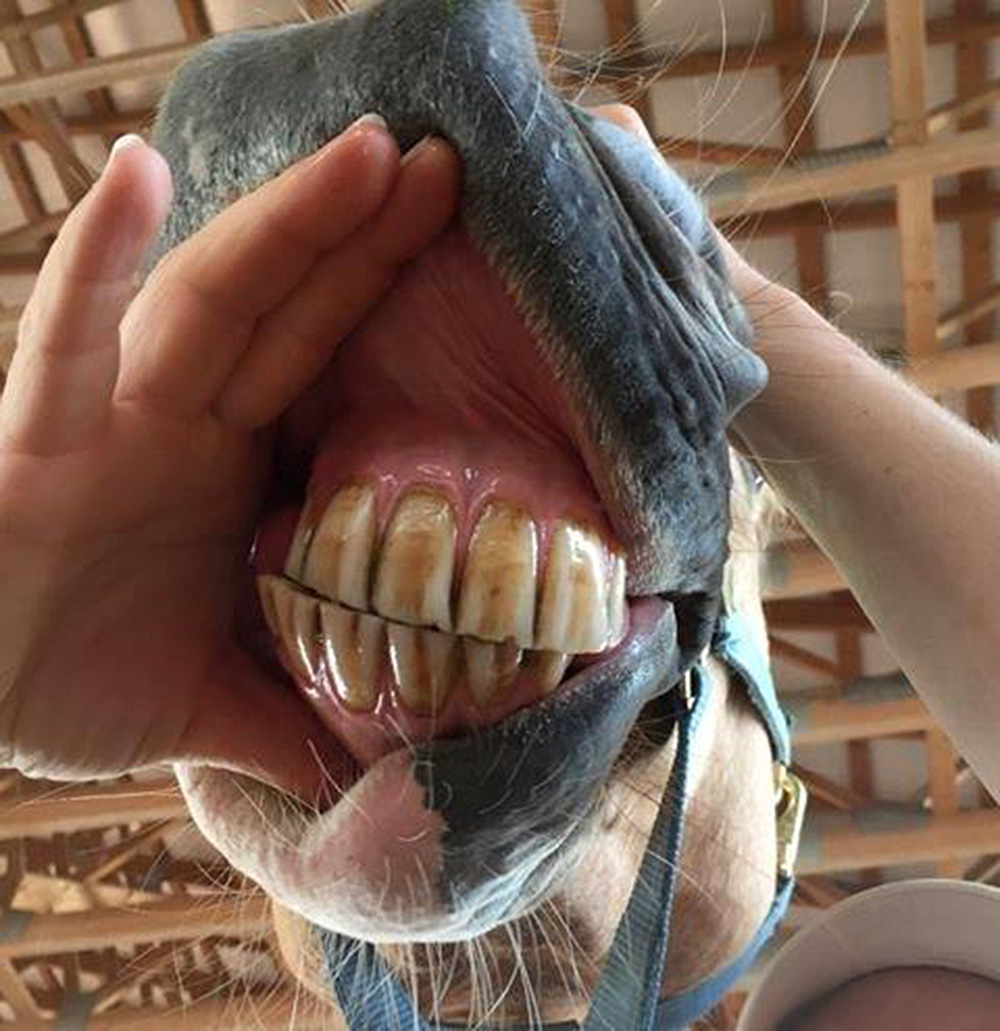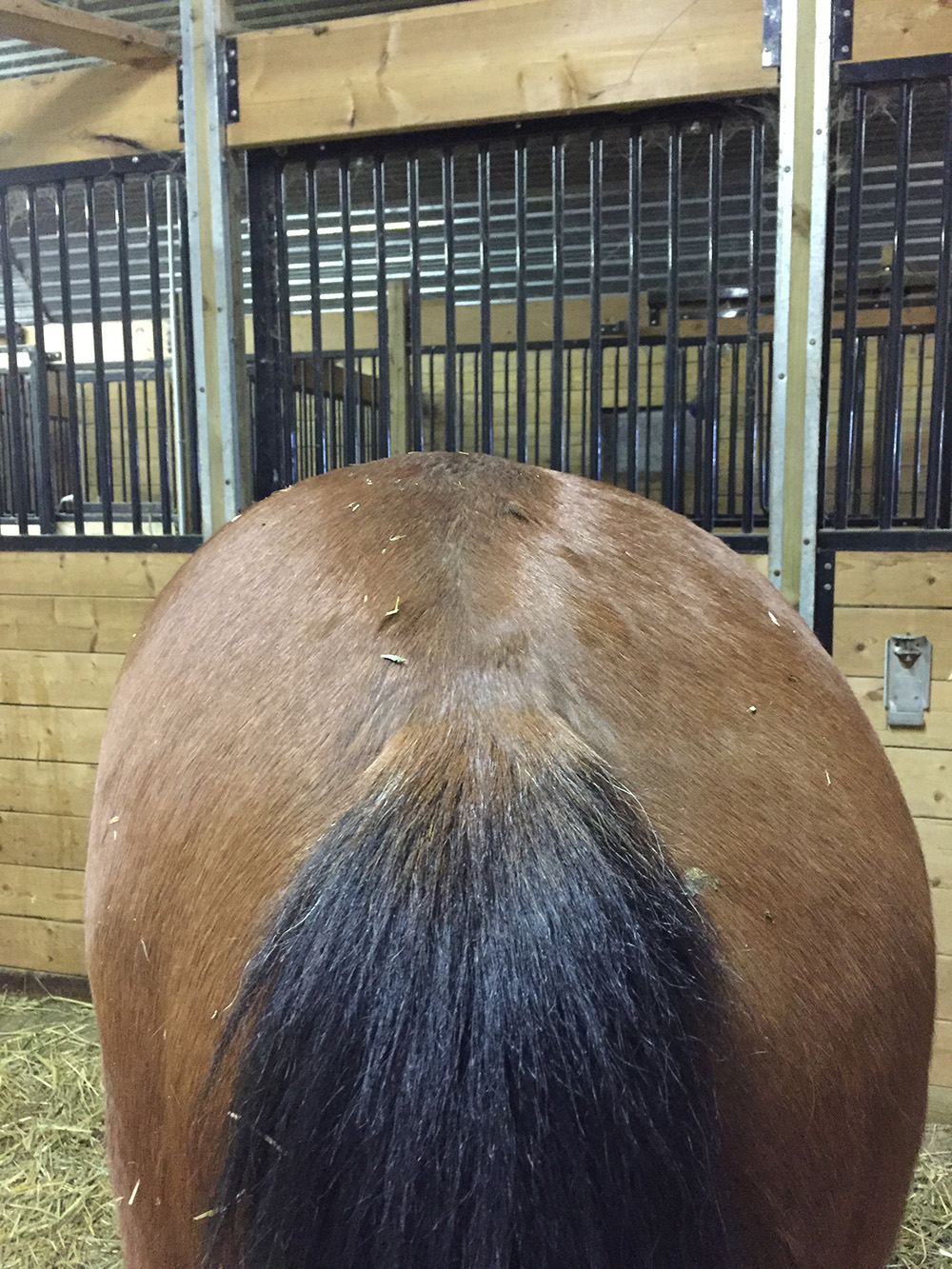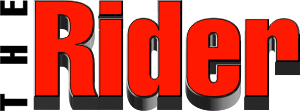There are several factors that could result in musculoskeletal imbalances, and therefore less than desirable behaviour. Sometimes we know exactly the cause of the issue, as in our horse slipped on the ice and we saw them fall.
By this time in the season, many equestrians have gotten their horses back into full-time work. Many are busy prepping for the competition season ahead, and some may have already begun showing. Sometimes once we have dusted off the cobwebs and shaken out the stiffness we find our horses present with an issue they didn’t have before.
Equi-Bow practitioners are often called in at this point to help address these issues. Some of the common presentations include a reluctance to take contact, going around with their head turned to the side, swapping leads behind and/or difficulty picking up a lead, rushing through their work, or a hesitation to go forward at all. It may be that horse has suddenly begun to buck, or it might even be that the horse just feels “off” but the owner can’t quite pinpoint where it’s coming from.
Any of these behaviours could be the result of an underlying musculoskeletal issue, many of which are caused by asymmetries in the skeleton. These asymmetries can cause the horse to create a compensatory posture. When this happens the horse begins to overuse some muscles and underuse others. Muscles work in tandem to create dynamic movement. An agonist muscle will always have an antagonist match. For example, when one muscle works to extend a joint, another is working to flex it. If the agonist muscle is not firing correctly, the antagonist will begin to over-fire and the muscles surrounding the agonist with be recruited to compensate for the misfiring muscle.

So how can you know if your horse has a musculoskeletal imbalance? One thing you can do is stand back and really look at your horse to see if you notice any muscular asymmetries. A horse’s muscles should appear even in tone and structure throughout the body. Compare your horse’s musculature from multiple angles. Look at the entire left side and the entire right side from head to tail. Compare the muscle development of the front end versus the hind end. Do they appear evenly muscled? Also compare individual muscles on the left and right side of the horse. Does one tricep look more developed than the other?

If some of the muscles appear to be overdeveloped then inevitably you will find muscles that are underdeveloped. Overdeveloped muscles will appear to be “bulging” compared to the others, while underdeveloped muscles will appear “sunken”. All muscles must be firing in order for horses to use themselves correctly, not only for optimal performance but for overall longterm soundness.
There are several factors that could result in musculoskeletal imbalances, and therefore less than desirable behaviour. Sometimes we know exactly the cause of the issue, as in our horse slipped on the ice and we saw them fall. Or the hoof sized swelling on your horse’s shoulder makes it clear they were kicked by a pasture mate. However, as prey animals, horses can be stoic. So sometimes they create compensatory postures to hide a trauma or injury, in which case it may be weeks, months or even years after the fact that we begin to see the issue come to light. This is why we must learn to see the subtle changes in our horse’s posture. It is also why Equi-Bow practitioners are constantly observing and assessing your horse, documenting changes as they present themselves, and gathering feedback from those who ride and care for the horse.
If you would like to learn more about your horses’s musculoskeletal health, contact a Certified Equi-Bow Practitioner. You can find an up to date list of practitioners in your area on the Equi-Bow Canada website at www.equi-bowcanada.com
Angela Saieva, CEBP/CETP/CEMT info@elevationequine.com www.elevationequine.com


